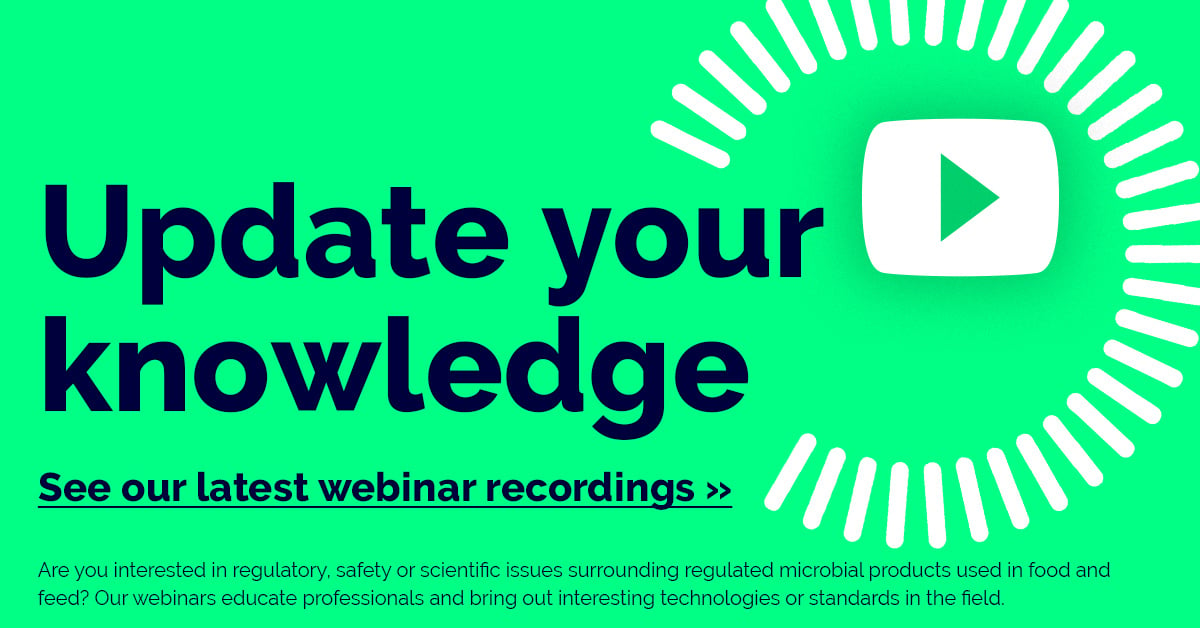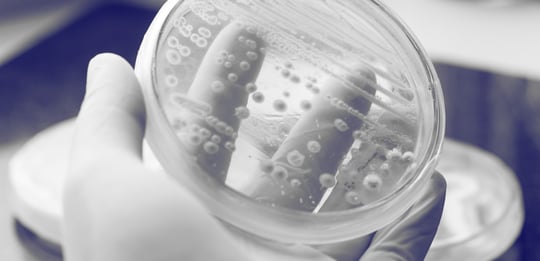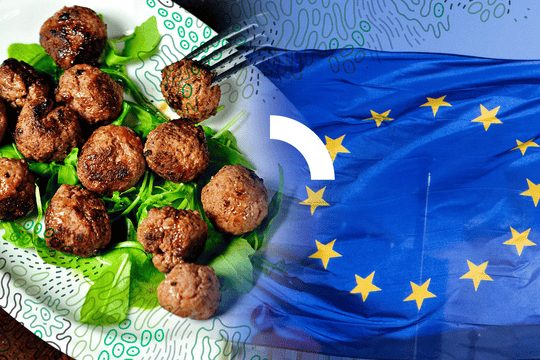
We will be launching new services in 2022 to make your path to new food and feed solutions safer and more effortless: extensive literature searches, biogenic amine analysis and quantitative PCR.
Extensive literature searches
EFSA Guidance on the renewal of the authorisation of feed additives (2021) states that applicants must provide evidence of the safety of the additive in the application. To this end, an extensive literature search (ELS) may provide information on the safety of the feed additive under the authorised conditions of use. The ELS must be done in a systematic and documented way.
For more information, contact our Regulatory Manager Dr. Anne Ukkonen.
Read more on ELS here.
Biogenic amine analysis
Biogenic amines (BA) are amino acid derivatives, and are formed during fermentation (e.g., cheese ripening and wine fermentation) and decomposition of protein, usually fish. These biogenic amines include histamine, tyramine, cadaverine, putrecine, and related metabolites. They may cause adverse effects and are involved in several pathogenic syndromes.
The most dangerous BAs, histamine and tyramine, are most often found in fish like tuna, sardines, anchovies or cheese, and are can lead to “scombroid fish poisoning” and “cheese reaction” respectively. Food BA content has been linked to the poor hygiene of non-fermented foods, but the potential to produce BAs is widespread in gram-negative and gram-positive bacteria, including strains used as starter cultures.
Although there is no specific legislation concerning BAs, the General Food Law sets the responsibility of food safety to business operators in the food chain. Therefore, the characterisation of the microorganisms used in the food chain should be commissioned by the makers of the products, and they should assess the risk of BAs too. Biosafe can provide an analysis of BAs based on a bioinformatic search of the genome, as well as a laboratory in vitro analysis of BA production. We can also help in the risk assessment of BAs in the intended use of the microorganism.
Read more on biogenic amine analysis here.
Quantitative PCR
Quantitative Polymerase Chain Reaction (qPCR), also called real-time PCR or quantitative real-time PCR, is a PCR-based technique that couples amplification of a target DNA sequence with quantification of the concentration of that DNA species in the reaction.
Quantitative PCR can be used for several purposes in a biotechnological laboratory. One example from our laboratory is the enumeration of specific microorganisms, such as the enumeration of probiotic strains in a product. Quantitative PCR detection using strain-specific primers is combined with a plating method of the product. This is an accurate and relatively quick way of verifying the viable cell counts in a product.
Another example would be the identification of a probiotic strain in samples originating from a feeding trial. For example, a probiotic strain is fed to animals also receiving coccidiostats, and the compatibility of the additives is analysed.
A third purpose for qPCR would be the development of a method for the detection of genetically modified organisms (GMO) for validation by the European Union Reference Laboratory (EURL). In the future, it may become more common that authorization is sought for genetically modified microorganisms (GMM) or products derived from microbial fermentation using GMMs. Thus far, the guidance documents provided by the EURL are for plants and must be followed where applicable.
Read more on qPCR here.
You can find the rest of our services on our site

Topic:










